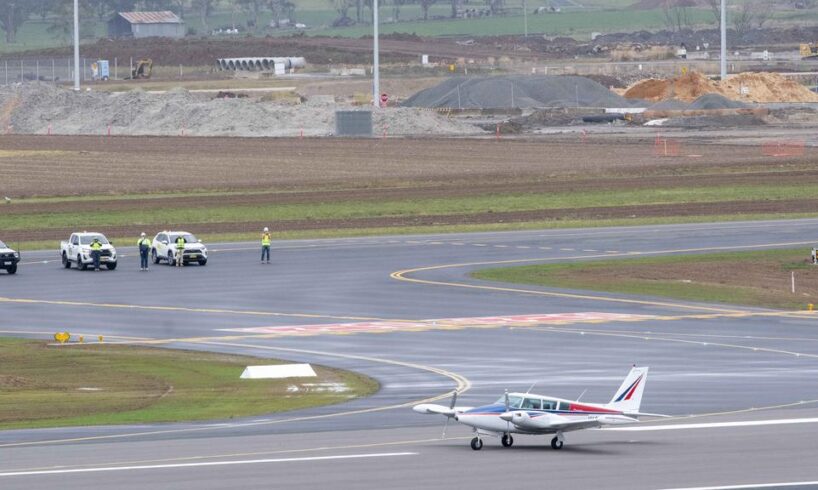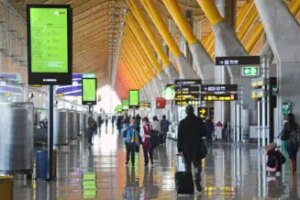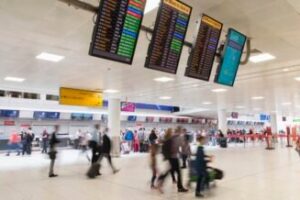
Western Sydney International Airport has achieved a significant milestone with the successful landing of its first aircraft, a Piper PA-30 Twin Comanche, on October 2, 2024. This event marks the transition from the construction phase to the testing and commissioning stage, bringing the airport closer to its scheduled opening in late 2026.
The test flight was conducted to evaluate the functionality of the airport’s runway lighting system. The aircraft performed a series of take-offs and landings at both ends of the 3.7-kilometre runway during daylight, dusk, and evening conditions. This comprehensive testing ensures that the approximately 3,000 Aeronautical Ground Lights installed along the runway are operational and meet the required standards.
Simon Hickey, CEO of Western Sydney International Airport, highlighted the importance of this milestone, stating, “This week’s flight tests are an important commissioning requirement stipulated by the Civil Aviation Safety Authority to help ensure our runway lighting infrastructure is fit for operations.” He also acknowledged the extensive work involved in constructing the runway, noting the efforts of thousands of workers, many of whom are local to Western Sydney.
The airport is designed to accommodate up to 10 million passengers annually from the first day of operations. The runway features rapid exit taxiways built at a 45-degree angle, enabling aircraft to enter and exit the runway more quickly, with average taxiing times expected to be around five minutes. This design aims to enhance efficiency and reduce congestion compared to other airports worldwide.
Major carriers, including Qantas and Jetstar, have already signed agreements to operate from the 24/7 airport. The airport is also set to increase Sydney’s air cargo capacity by approximately 33% upon opening, with both Qantas Group and Menzies Aviation committed to operating at the new integrated 24-hour Cargo Precinct. This development is expected to provide more than 19,000 direct and indirect jobs across the precinct and connected supply chains each year.
The successful landing of the first aircraft at Western Sydney International Airport signifies a pivotal moment in the airport’s development, bringing it closer to becoming a key hub for both passenger and cargo operations in Australia.






